Bahia Grass (Paspalum notatum) Profile
Written by Iris
Aug 11 2021
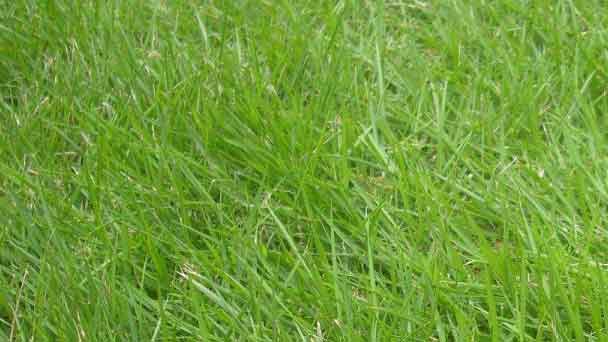
Bahia grass (Paspalum notatum), a warm season perennial grass, is planted on more than 1 million acres in Mississippi. Most of the planted acreage is in central and southern Mississippi and is mainly used for grazing and hay, with some of the harvest used for seeds. Bahia grass (Paspalum notatum) is well suited to arid, sandy soils in the lower coastal plain. Bahia grass (Paspalum notatum) grazes well on the upper coastal plain soil except in the far north of Mississippi, where winter temperatures are cooler.
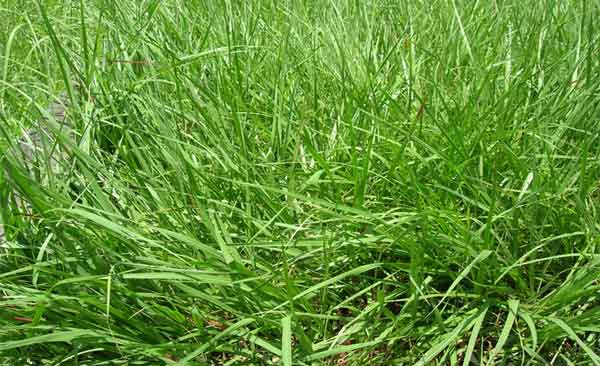
Obvious from its name, this grass was chosen specifically for Pensacola, Florida starting around 1935. This is actually the most widely used variety in all of the United States today. Due to its extensive root system, it does the best with stress and potential threats. This variety of Bahia Grass can withstand both hot and cold temperatures.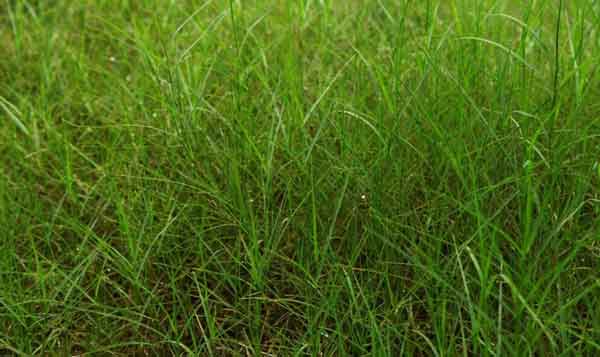
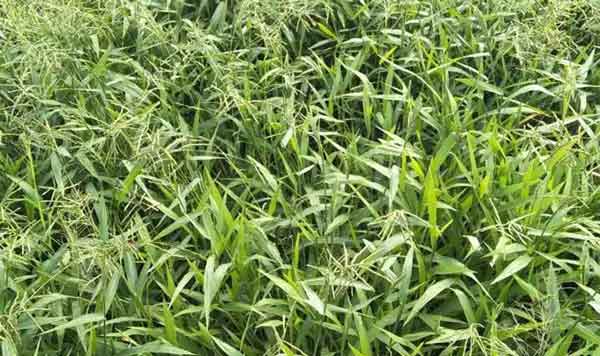
Turf: This grass is suitable for low-maintenance lawns and public areas, and is recommended for infertile soils and heavy traffic areas. It is more shade tolerant than bermudagrass.
Livestock: Bahiagrass, with proper management, provides fair to good pasture and hay, and can be used in woodland pasture systems (silvopasture). Forage quality depends on soil fertility and grass stage of growth. Bahiagrass hay is leafy, but difficult to make because of bahiagrass’ prostrate growth habit.
'Pensacola' bahiagrass: This variety sports thin leaves and an extensive, deep root system that gives it extra heat and cold tolerance. It is more winter-hardy than other varieties.
'Argentine' bahiagrass: Featuring darker green blades than other varieties, this type of bahia is often chosen for aesthetic reasons.
'Sand Mountain' bahiagrass: With its narrow blades and cold hardy nature, 'Sand Mountain' grows better than other varieties in the northernmost areas of the accepted growing zones for this grass.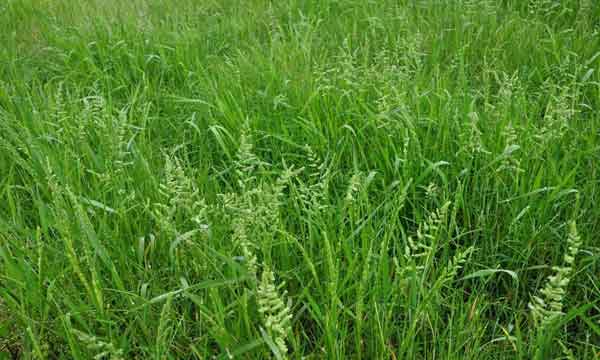
The most common insect causing harm is the mole cricket. It burrows into the soil and damages the roots to the point where the grass will wilt and die.
If you suspect you have crickets burrowing into the soil, apply 2 gallons of water mixed with 1 to 2 ounces of detergent soap per 2 square feet to the damaged area. This will flush out any mole crickets that are around.
Insecticides for mole crickets are constantly changing, but bait-type insecticides seem to work best.
Mole crickets can frequently burrow itself in the soil of bahia grass
Diseases
Occasionally, bahia grass is affected by the dollar spot fungal disease. It will appear as large brown spots on the leaves.
The disease is usually caused by nitrogen deficiency. So, as long as you’re fertilizing your lawn correctly, this should not be an issue.
If the spots do show up on your lawn, a light dusting of 8 ounces of nitrogen per 1,000 square feet should remedy the problem.
Bahia Grass (Paspalum notatum) Companion Plants
The dense, compact sod of bahiagrass inhibits the growth of intercropped legumes. However, white clover (Trifolium repens) and winter annuals such as crimson clover (T. incarnatum) and arrowleaf clover (T.vesiculosum) can be established and grown in bahiagrass pastures and hayfields.
Bahia Grass (Paspalum notatum) PictureBahia Grass (Paspalum notatum) InfoEcological Habits of Bahia Grass (Paspalum notatum)Bahia Grass (Paspalum notatum) Distribution AreaHow to Grow and Care for Bahia Grass (Paspalum notatum)Uses of Bahia Grass (Paspalum notatum)Varieties of Bahia Grass (Paspalum notatum)
Bahia Grass (Paspalum notatum) Picture

Bahia Grass (Paspalum notatum) Info
| Botanical Name | Paspalum notatum |
| Common Name | Bahia grass, bahiagrass |
| Plant Type | Grass |
| Mature Size | 8 to 30 inches tall |
| Sun Exposure | Full sun |
| Soil Type | Sandy, poor soil |
| Soil pH | Acidic |
| Growing Time | Summer to early fall |
Ecological Habits of Bahia Grass (Paspalum notatum)
Bahiagrass is a deep-rooted, sod-forming species that is well adapted to a wide range of soils and conditions in this region. It spreads by short, stout stolons and is a prolific seed producing plant. Bahiagrass will grow on soils too poorly drained for bermudagrass, is more shade tolerant than bermudagrass, and can be used in woodland pastures (silvopasture).Bahia Grass (Paspalum notatum) Distribution Area
In 1914, this grass type was introduced from brazil. It was introduced into the southeastern area of the United States as a pasture grass for sandy soil conditions that make it hard to grow anything. Since first being introduced in the U.S., other variations of the Bahia Grass have been developed.Obvious from its name, this grass was chosen specifically for Pensacola, Florida starting around 1935. This is actually the most widely used variety in all of the United States today. Due to its extensive root system, it does the best with stress and potential threats. This variety of Bahia Grass can withstand both hot and cold temperatures.

How to Grow and Care for Bahia Grass (Paspalum notatum)
How to Grow Bahia Grass (Paspalum notatum)
- With Seeds
How to Care for Bahia Grass (Paspalum notatum)
- Light
- Soil
- Water
- Temperature and Humidity
- Fertilizer
- Mowing

Uses of Bahia Grass (Paspalum notatum)
Erosion control: Bahiagrass is used for the NRCS conservation practices Grassed Waterway and Critical Area Planting. It is planted on critical areas such pond banks, levees, and gullies in agricultural fields.Turf: This grass is suitable for low-maintenance lawns and public areas, and is recommended for infertile soils and heavy traffic areas. It is more shade tolerant than bermudagrass.
Livestock: Bahiagrass, with proper management, provides fair to good pasture and hay, and can be used in woodland pasture systems (silvopasture). Forage quality depends on soil fertility and grass stage of growth. Bahiagrass hay is leafy, but difficult to make because of bahiagrass’ prostrate growth habit.
Varieties of Bahia Grass (Paspalum notatum)
Below are a few popular bahiagrass cultivars:'Pensacola' bahiagrass: This variety sports thin leaves and an extensive, deep root system that gives it extra heat and cold tolerance. It is more winter-hardy than other varieties.
'Argentine' bahiagrass: Featuring darker green blades than other varieties, this type of bahia is often chosen for aesthetic reasons.
'Sand Mountain' bahiagrass: With its narrow blades and cold hardy nature, 'Sand Mountain' grows better than other varieties in the northernmost areas of the accepted growing zones for this grass.

Bahia Grass (Paspalum notatum) Common Pests/Diseases
InsectsThe most common insect causing harm is the mole cricket. It burrows into the soil and damages the roots to the point where the grass will wilt and die.
If you suspect you have crickets burrowing into the soil, apply 2 gallons of water mixed with 1 to 2 ounces of detergent soap per 2 square feet to the damaged area. This will flush out any mole crickets that are around.
Insecticides for mole crickets are constantly changing, but bait-type insecticides seem to work best.
Mole crickets can frequently burrow itself in the soil of bahia grass
Diseases
Occasionally, bahia grass is affected by the dollar spot fungal disease. It will appear as large brown spots on the leaves.
The disease is usually caused by nitrogen deficiency. So, as long as you’re fertilizing your lawn correctly, this should not be an issue.
If the spots do show up on your lawn, a light dusting of 8 ounces of nitrogen per 1,000 square feet should remedy the problem.
Bahia Grass (Paspalum notatum) Companion Plants
The dense, compact sod of bahiagrass inhibits the growth of intercropped legumes. However, white clover (Trifolium repens) and winter annuals such as crimson clover (T. incarnatum) and arrowleaf clover (T.vesiculosum) can be established and grown in bahiagrass pastures and hayfields.
Latest Updated
- Benefits of Bugleweed - 7 Science-backed Health Benefits
- Bugleweed Dangers & Side Effects - Is It Poisonous?
- How to Plant Evergreen Trees - What You Should Know
- When to Plant Evergreens - Grow Guide for Evergreen Trees
- 12 Wonderful Evergreen Shrubs for Your Garden
- 12 Popular Evergreen Plants with Pictures for Beginners
- When And How To Prune A Lilac Bush Like a Pro
- How to Grow & Care for Lilac Vine (Hardenbergia Violacea)
- Japanese Lilac Tree (Syringa Reticulata) Care & Propagation Guide
- Shumard Oak Pros and Cons - What to Know
Popular Articles
- Winter maintenance of Antirrhinum Majus
- How to Grow Terminalia Mantaly Tree
- How to Grow and Care for Crossostephium Chinense
- How to grow Antirrhinum Majus in spring
- Peristeria Elata (Dove Orchid) Profile: Info & Care Guide
- Underwatered Snake Plant (Sansevieria Trifasciata) - Signs And How To Fix
- How to Care for Brazilian Jasmine Plant (Mandevilla Sanderi)
- How to Grow & Care for Graptopetalum Purple Delight in Summer
- Rosa Chinensis (China Rose): Plant Growing & Care Tips
- How to Care for Baby Sun Rose (Aptenia Cordifolia)